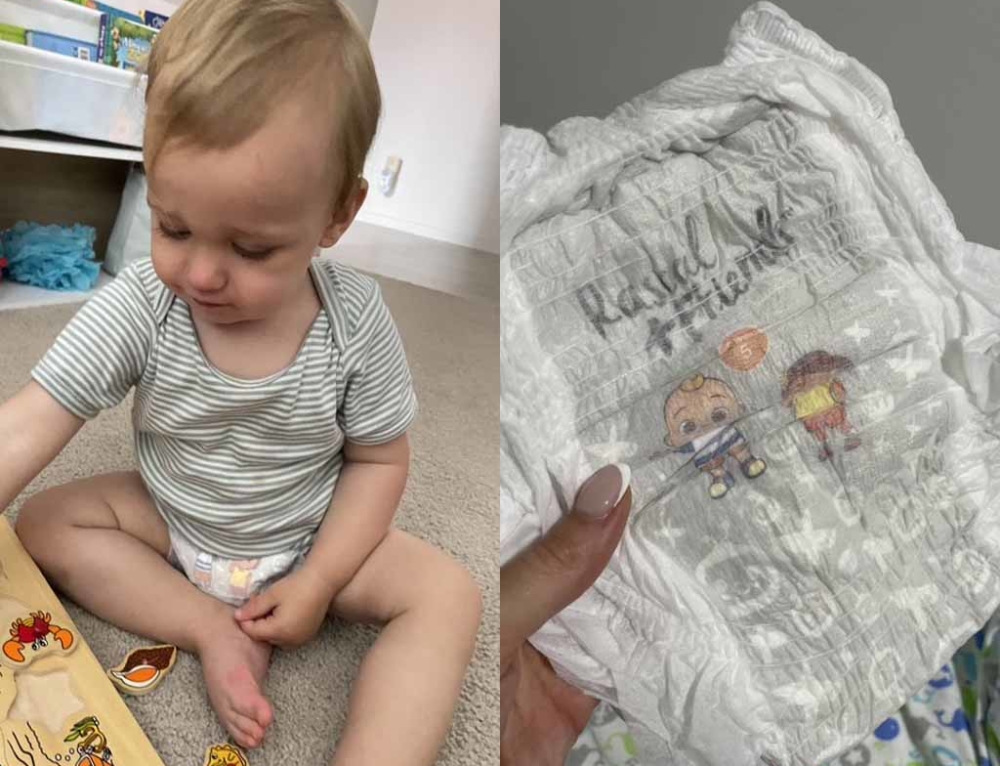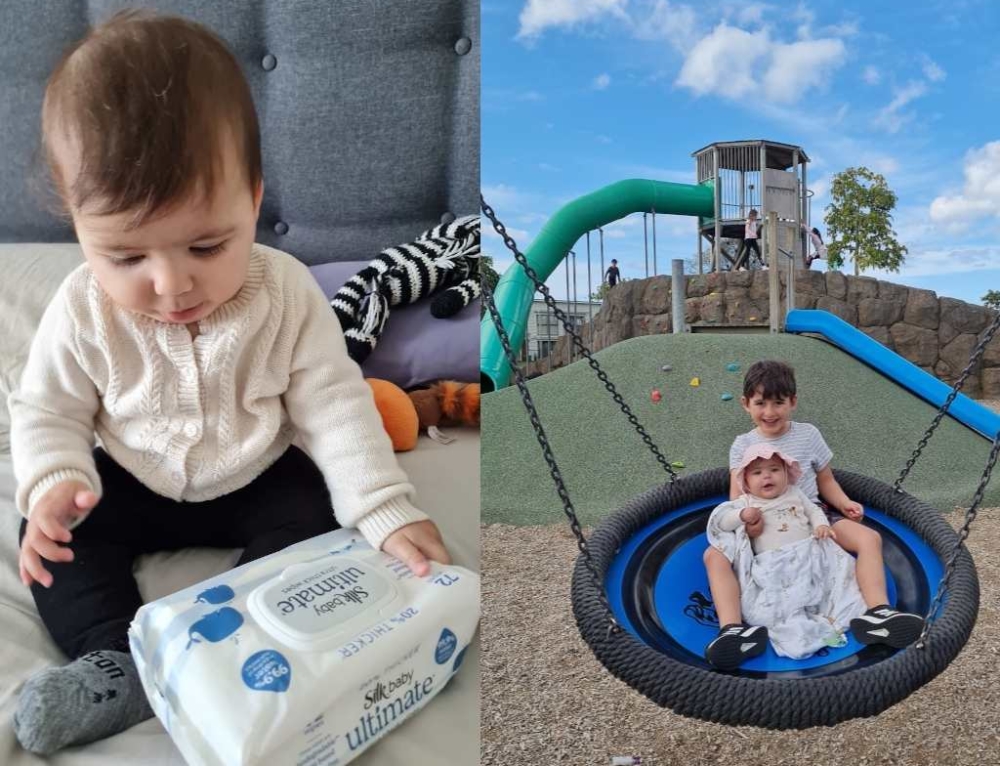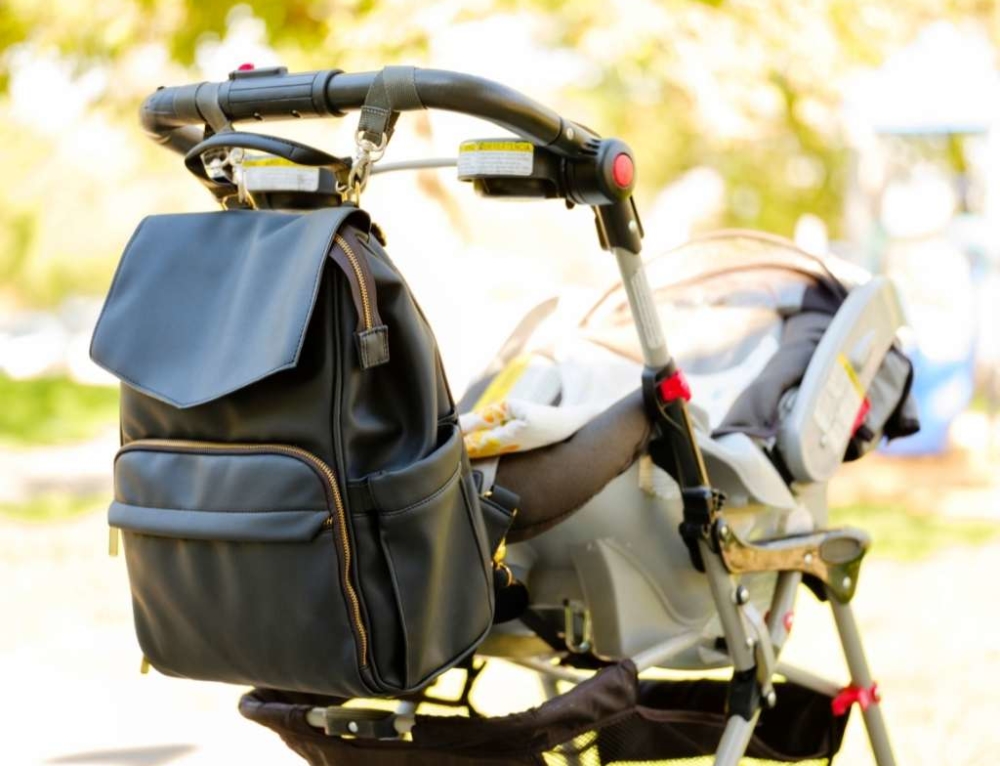While some babies have been known to sprout teeth early (with the very rare baby born with a tooth or two), most won’t cut that first tooth until the six- or seven-month mark, or sometimes much later.
While some babies seem to have no discomfort whatsoever, many will show teething symptoms for months before you see a white protrusion.
Common teething signs
Drooling
Can you turn off that tap? Here is where all of those cute (and formerly useless) bibs you’ve been stockpiling come in handy. Related symptoms are a chin rash and little cough from the extra saliva. Gently pat your baby’s face dry as often as you can, but if a rash develops, protect her skin with a dab of petroleum jelly.
Biting
If you notice your little one biting her hand or various objects (like anything in reaching distance, perhaps), it could be from gum irritation.
Gum inflammation
Before a tooth cuts through, you might notice swelling of the gums that can cause irritability, fussiness and refusal to eat. The good thing is that subsequent teeth (minus the molars) won’t cause as much pain.
Trouble sleeping
Just as your baby starts sleeping through the night, here come those teeth to disrupt your much-anticipated rest. If you’ve started sleep training, all rules need to go out the window when teething time rolls around. Your baby needs comfort now which means you might have to start at square one when she is feeling better.
Gum haematoma
Sometimes the incoming tooth will cause what looks like a dark blister, which is really bleeding under the gums. Although it might look alarming, a haematoma will generally clear on its own (maybe causing some bleeding when the tooth pops through), but call the doctor if it lasts for over a week. In the meantime, cold compresses can help reduce pain and speed along the process.
Some controversial symptoms
Diarrhoea
While many parents swear that every new tooth is accompanied by a bout of diarrhoea, experts deny any medical connection between the two. Some agree that the extra saliva might cause looser stools, but true diarrhoea warrants a call to the doctor.
Cold-like symptoms
Most experts agree that teething doesn’t directly cause colds, but babies might be more susceptible to viruses when they put their hands (along with everything else) in their mouths so often. Not to mention that gum inflammation might compromise their immune systems.
Fever
Along the same lines, many mums swear that their babies will run a low-grade fever right before a new tooth erupts. While some pediatricians acknowledge a connection between gum inflammation and a slight fever, treat it as you would under any other circumstance. Keep an eye on the fever and give the doctor a call if it persists for more than three days.
Teething treatments
Seeing your baby in obvious pain can be both heartbreaking and exhausting, and you can’t completely alleviate the discomfort. However, mothers have spent centuries concocting homemade remedies for teething, so we now have a fairly successful list of treatments to choose from which doesn’t include brandy on the gums.
A frozen wet washcloth
Although it’s hard to anticipate what your baby will like or refuse, this is a pretty popular option among the teething set. It’s especially useful for younger babies (like four-month-olds) whose hands are too tiny for bigger teething rings and toys. The numbing cold and gentle pressure might provide the relief your baby needs. (As your baby gets older, a frozen bagel or fruit might do the trick.)
Teething toys
Once upon a time, our parents gave us freezer-chilled, plastic teething rings filled with liquid and floating Mickey Mouse heads. Nowadays there are plenty of safer options, considering an extra-vigorous biter might poke through the plastic and swallow a floater.
BPA Free Plastic Teething Rings are cooled in the fridge to provide a soothing chewing surface for babies.
Try a BPA-free and Phthalate-free silicone teether, which are specially designed to fit baby’s small hands and mouths.
Some babies prefer the extra-hard surface of amber teething necklaces which offer a stylish solution to your baby’s teething problems.
Mummy’s finger
Putting pressure on the inflamed area with a clean finger usually provides soothing relief. It might cause discomfort at first, but most babies soon welcome the rubbing.
Pain relievers
If your baby isn’t responding to any natural methods, ask your doctor about pain relievers (especially at nighttime). Be aware that some gum numbing agents can contain aspirin which is to be avoided in children to avoid the risk of contracting Reye’s syndrome, a rare, but potentially fatal syndrome. Keep in mind that while some topical ointments might be safe, they have the danger of numbing your baby’s gag reflex, possibly leading to choking. Always read the label of any medicines, follow the instructions and ensure that the correct dosage is administered. Consult a doctor before giving medicines to children under 12 months of age.
Always consult your doctor or other qualified health professional before starting or changing any treatment.
Written by Linda Drummond for Kidspot, New Zealand.







Leave A Comment
You must be logged in to post a comment.